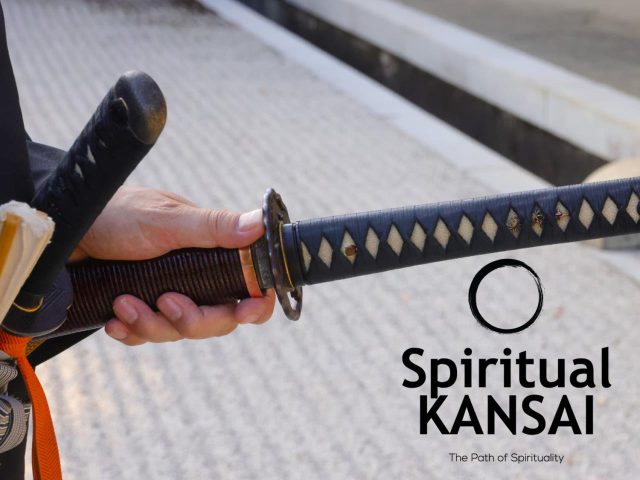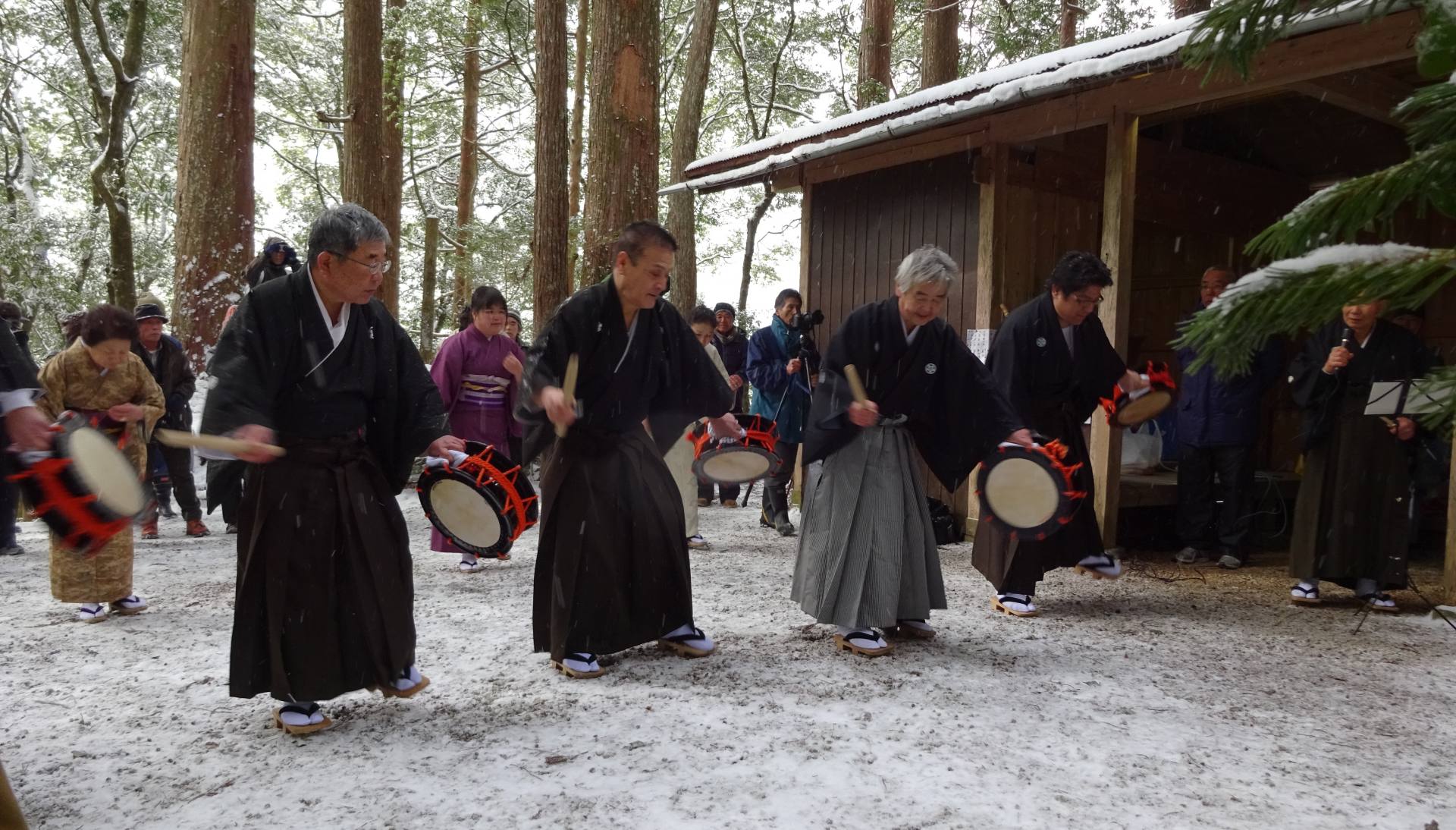
Shinohara Odori
Last update
Shinohara Dance
Nara Prefecture, Kansai
Nationally selected/prefecturally designated Intangible Folk Cultural Property
The elegant Furyu Dance popular late middle ages lives on in this dance among the innermost part of the Totsu-kawa River basin running through Gojo, Nara.
Records show that the Shinohara Dance of Otocho in Gojo, Nara was performed nearly 200 years ago, and is a representative performing art of Nara. There are various theories about its origin, such as it being an entreaty to rid the area of wolves, and a prayer of thanks for doing so in Shinohara, Gojo. It is an elegant dance performed by men and women that has been carried on over the generations in a village surrounded by steep mountains in the innermost parts of the Funano-gawa River basin. It is performed in time with songs that were popular from the late Muromachi Period to the early Edo Period, where women holding fans dance in the Furyu dance style to the rhythm of men beating drums. This style also shares similarities with the Bon Odori dance of neighboring Totsukawa Village, a secluded locale near the Shinohara area.
The traditional Shinohara Dance is still performed in a deep mountain village of the Funano-gawa River basin, a tributary of the Totsu-kawa River. It is thought that the dance originated as an entreaty to the gods to rid the area of wolves, or in thanks for doing so.
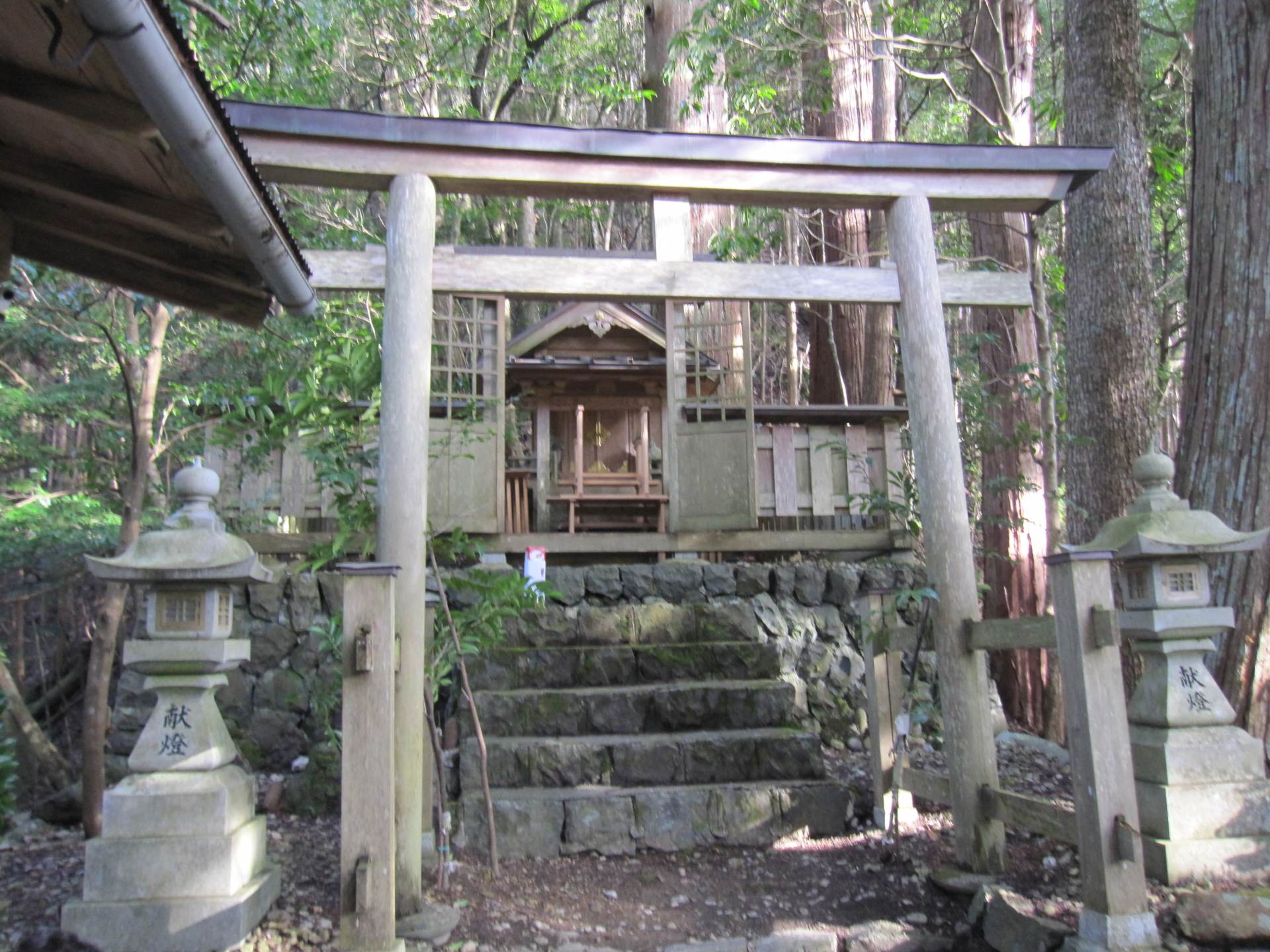
The Shinohara Dance is performed at the Tenman-jinja Shrine in the Shinohara area. Here it was influenced by the Furyu Dance, which was popular from the late middle ages to the early modern period.
Gojo is a city of nearly 28,000 people situated in the southwest part of Nara Prefecture close to Hashimoto, Wakayama in the west. It has a long history, with many relics of the Paleolithic Period being discovered in the area.
The four villages of Nakamine, Nakaihoji, Sotani, and Shinohara can be found dotting the Funano-gawa River basin, a tributary of the Totsu-kawa River that runs through the southern part of Gojo, with Shinohara being the furthest of all the villages. Located nearly in the center of the Kii Mountain Range, villages surrounded by steep mountains formed unique cultures and customs long ago. The Shinohara Dance is one of these, and has been designated as an Intangible Folk Cultural Property by Nara Prefecture.
Each year on January 25 (currently the third Sunday of January), the Shinohara Dance is performed at Tenman-jinja Shrine in Shinohara, Otocho, Gojo as the first Shinto ritual of the year. Legend has it that all of the villagers performed the dance for the local gods entreating them to drive off the ferocious wolves causing trouble in Shinohara, and because their prayers were answered, the dance has continued ever since. Although the exact origins are unclear, old records show that the dance was performed nearly 200 years ago.
Women holding fans dance in time to the dances of the men beating drums. Known as an elegant dance, three songs called the Shikisanban are performed at Tenman-jinja Shrine.
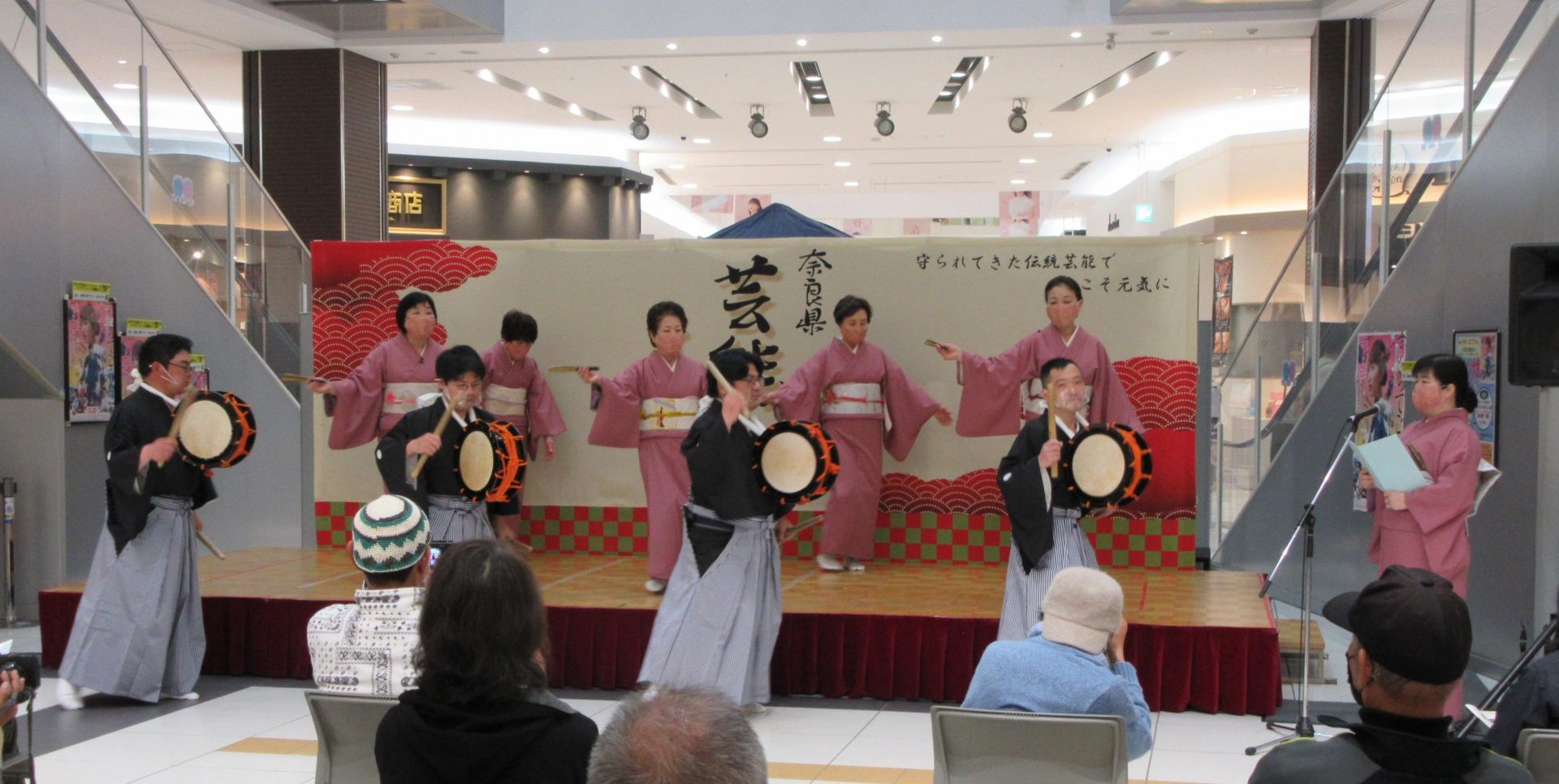
The Shinohara Dance developed as a Shinto ritual and an entertaining performing art.
There are over 30 songs in the Shinohara Dance, and during the performance, women holding fans perform the Furyu Dance in time to men beating drums while dancing. During the ritual, three songs called the Shikisanban are performed, including the Umenokoboku, Yononaka, and the Takara. Long ago, after the dance was performed at the Tenman-jinja Shrine, the dancers headed to Manpuku-ji Temple in Shinohara where they performed the dance again inside the temple hall. It is also said that a Noh dramatic comedy was performed between dances, creating a lively atmosphere.
Currently, there are 37 songs conveyed with lyrics, and 17 songs conveyed with dances, which is an uncommonly large number. These figures show that this ritual developed not only as a Shinto ritual, but also as an entertaining performing art.
Enjoy the different faces of the four seasons in an area blessed with abundant nature, including mountains and clear streams. Don’t miss out on a visit to the popular nearby Totsukawa and Tenkawa villages.
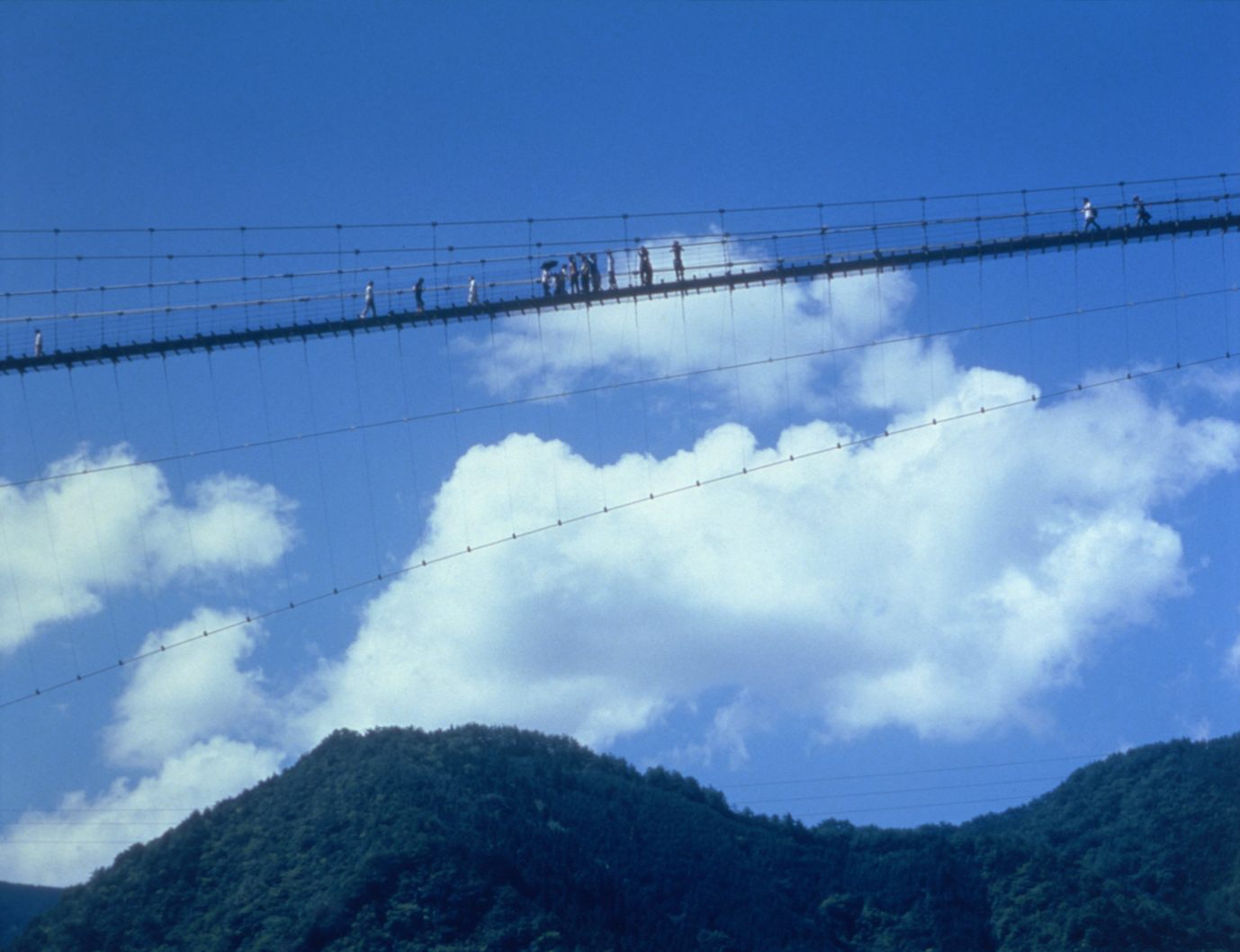
The Tanize Suspension Bridge in Totsukawa Village near Shinohara is one of the longest suspension bridges in Japan.
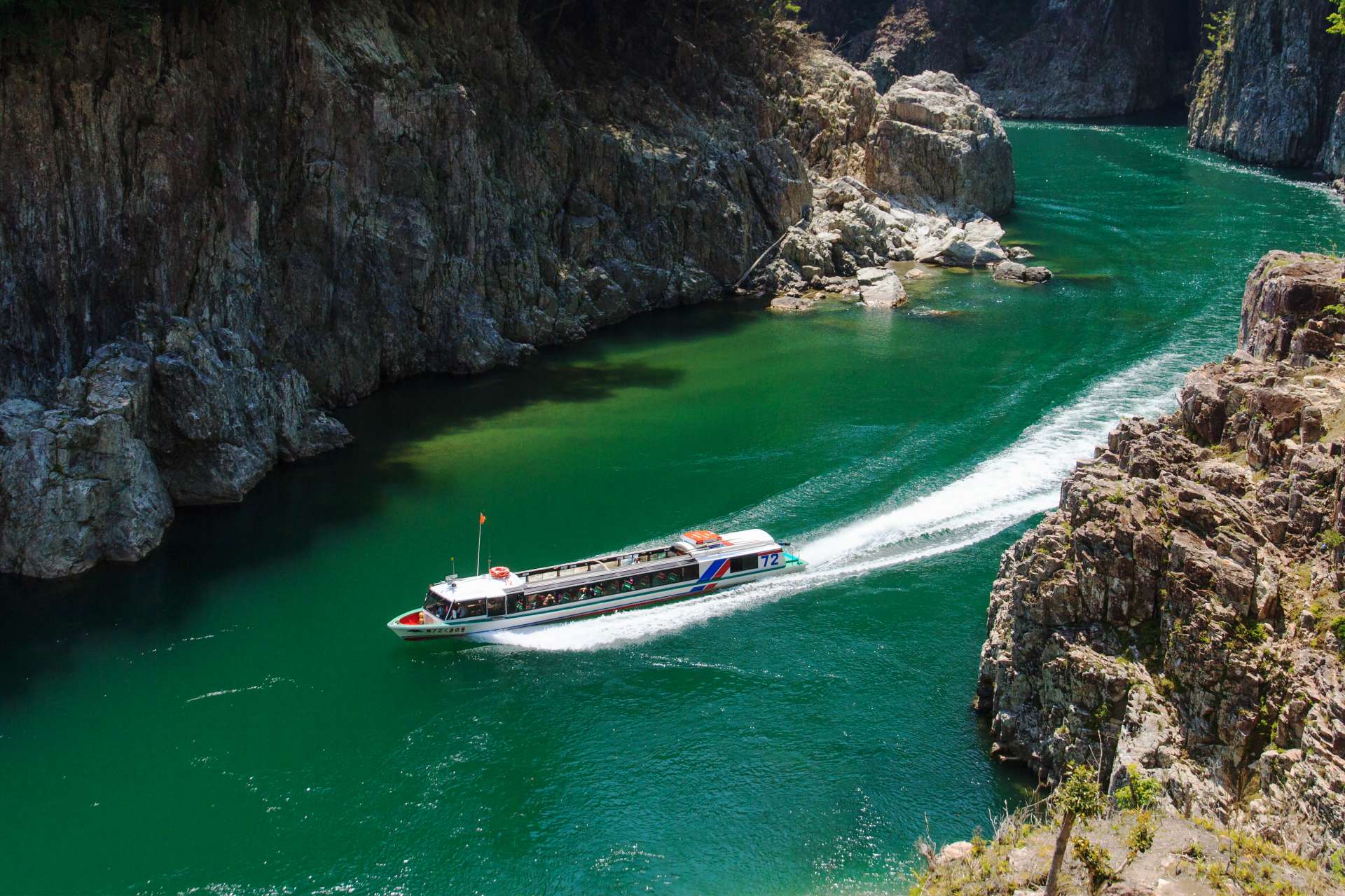
Travel by boat down Doro-kyo Gorge, a national Special Place of Scenic Beauty.
Legend has it that the Furyu Dance, which is similar to the Shinohara Dance, was performed in the neighboring villages of Totsukawa and Tenkawa, and the similarities can currently be seen in the Bon Odori of Totsukawa Village. Totsukawa Village is home to a number of popular attractions such as the 297-meter-long, 54-meter-high Tanize Suspension Bridge, one of the longest such bridges in Japan, and Doro-kyo Gorge, a national Special Place of Scenic Beauty inside Yoshino-Kumano National Park that spans the three prefectures of Nara, Mie, and Wakayama. Bus is the only form of public transportation to this area. Partway through the six-hour journey, the longest bus route in Japan which links Yamato-Yagi Station on the Kintetsu Railway in Nara Prefecture to JR Shingu Station in Wakayama Prefecture, you’ll see Totsukawa Village. Tamaki-jinja Shrine, known as the shrine in the sky, is a popular power spot, and World Heritage Bus (Tamaki Yama Course) makes a round trip there once a day. Service is only available on weekends and national holidays (excluding wintertime from December 1 to March 31), and reservations are required. Make sure to take the trip during different seasons to enjoy the cherry blossoms, new growth, and autumn foliage.
Bus is also the only form of public transportation to Tenkawa Village, which can be boarded at Shimoichiguchi Station on the Kintetsu Railway. The village is divided into three sightseeing areas. Mt. Ominesan in the Dorogawa area is known for mountain asceticism, and near the starting point of the trail you’ll find the Dorogawa hot spring area. Here, the nostalgic scenery of old-fashioned inns awaits hikers and Buddhist practitioners. Tenkawa Daibenzaiten-sha Shrine is located alongside the clear waters of the Tenno-kawa River in the central area, making it a popular spot for visitors. In the western area, where the lore of Kobo Daishi can still be found, sightseers can enjoy a medicinal open-air bath in a truly relaxed and secluded atmosphere off the beaten path. Visit and experience the unique natural attractions and history each area has to offer.
Photos:Gojo city cultural properties division/Nara Visitors Bureau/Takehiko Yano
Check also...

Consider your accommodation in the Kansai area!

Restrictions on Large Baggage
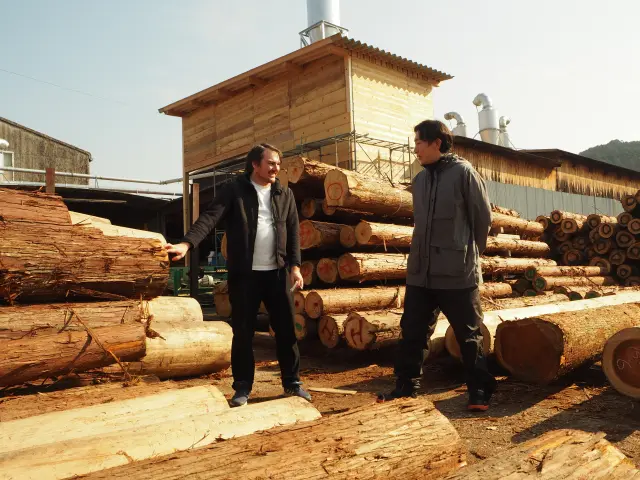
Fermentation, Forests and Waters - A Journey Into the Living Legacy of Tradition and Community in Shiga and Nara
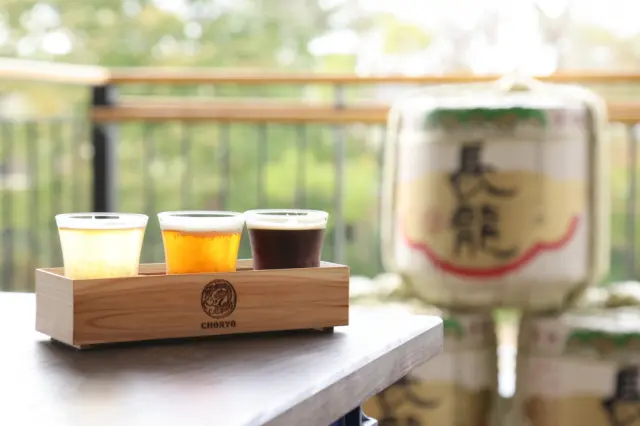
Nara: A Journey Through Its Ancient Fermentation Culture
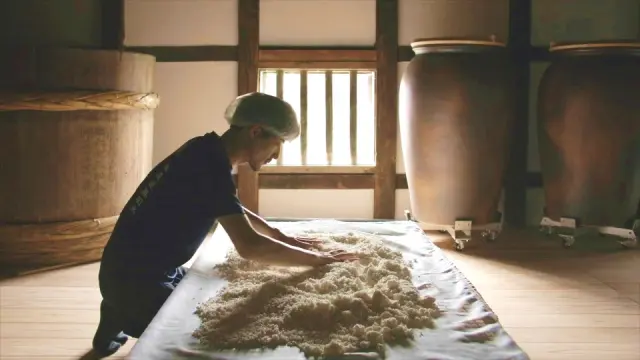
Three recommended spots related to "Nara sake" brewed in Nara, the birthplace of Japanese sake!
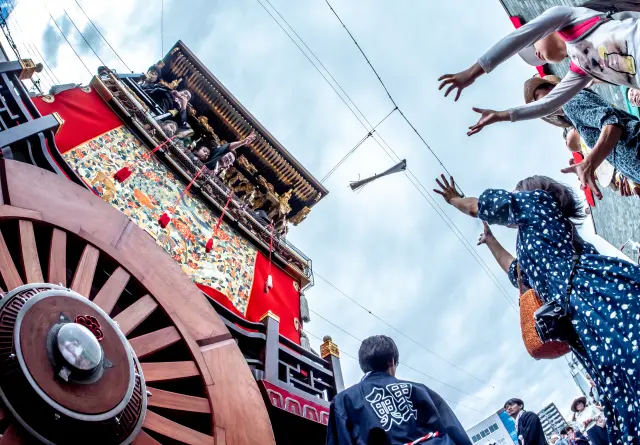
10 Traditional Performing Arts and Events in Kansai
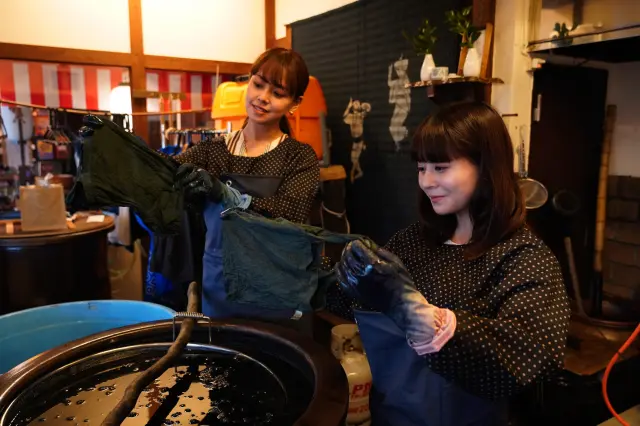
Top 10 Spots to Try Kansai's Traditional Crafts
